This task, the vertical lift off, asked us to demonstrate weight, force and gravity. The flight and trajectory of the flying vehicle will be simultaneously affected be its own weight and the pull of gravity; this will be most obvious at the point the vehicle loses contact with the ground and as it turns during flight.
I chose to animate a helicopter as it is a realistic vehicle and has an interesting weight distribution (with most of the weight in the front the helicopter – this is most evident when it turns in mid-flight). So I began modelling my helicopter and used the following as a reference:
To import this reference into the scene, I simply used it as a material on a plane. This allowed me to easily refer and model the primitives directly next to the image.
I decided to make the body of the helicopter one object and the blades separate. Once my model was complete I quickly linked the parts together into a basic hierarchy. For example, the blades are linked to a simple torus which will rotate causing the blades to spin as a helicopter’s would. My helicopter is ready!
I watched some reference videos to get a better understanding of how helicopters move. From this I drew my thumbnails:
After finishing the animation and fixing up the scene, I looked into using motion blur. I know that other people in our class have had issues with their helicopter blades “slowing down” as the speed increased (due to a lack of motion blur). 3DsMax allows motion blur for objects but only using certain renders. I thought I would try this for my helicopter. Firstly you turn on motion blur for the objects that need blurring:
Then, in the render settings, you turn on motion blur. I used the NVDIA Mental Ray renderer with the default motion blur settings. I would like to play around with this more as the blur could have been exaggerated more:
Below is the final animation for my vertical takeoff:
The finished video is okay. Even though I rendered at a high quality the final video looks grainy, especially on the sky. I am not sure whether this was the render settings (as I do not normally use mental ray) or YouTube compression or a combination of both. Also, the motion blur could have been exaggerated more.

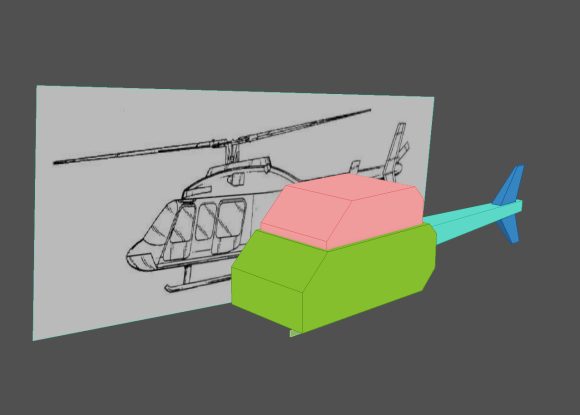
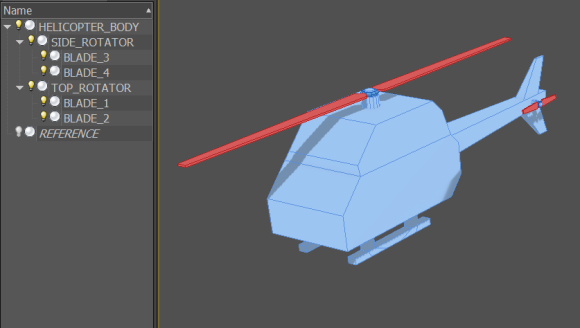
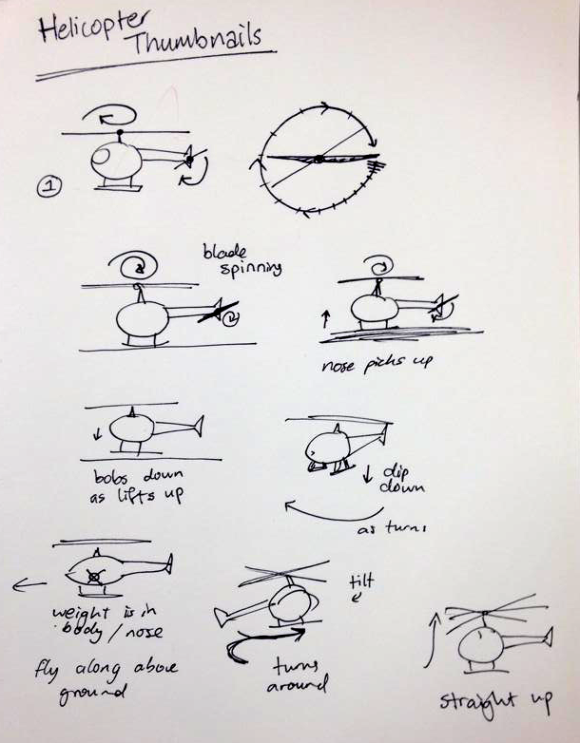
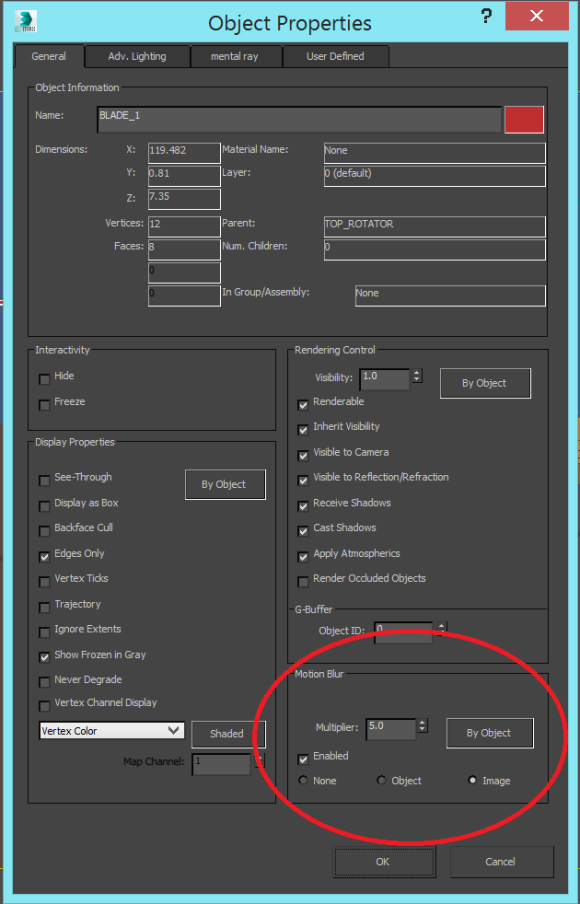
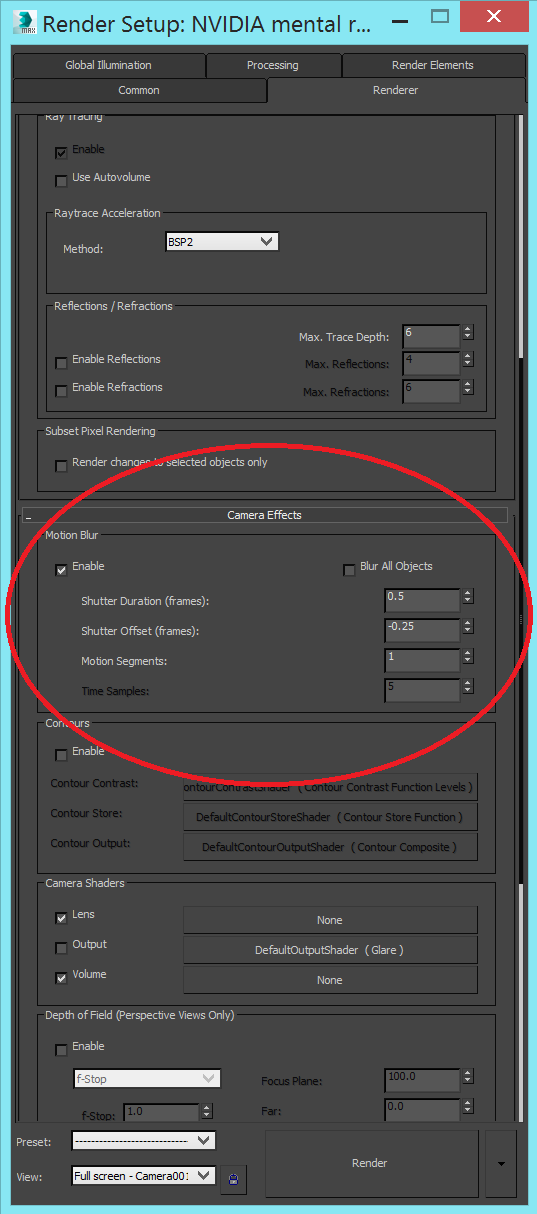
Nice work. Well executed and the result it quite adequate and passable.
LikeLike
Thanks Martin, any suggestions or tips for improvement?
LikeLike
did you render out straight to a video format or to a image sequence then change it to a video file?
Mental ray is a good renderer, I rarely have problems with it.
LikeLike
I rendered to a PNG image sequence, imported this into Premiere Pro, exported the video, used Media Encoder to compress it and then uploaded to YouTube (which I assume compressed it) – this is the only way I know how to do this, any better ways and/or advice?
LikeLike
Nah sounds pretty spot on.
Maybe try making it into a gif or a lot of people I know use Vimeo because it doesn’t compress the video as much as youtube.
I generally make my smaller animations GIFs just to save time uploading it to YouTube. But trial and error, you’ll find something that works
LikeLike
That is the most realistic take off I have seen so far apart from Martins.
LikeLike
Thank you 🙂 I really tried to keep it true to the reference video I watched. I did speed everything up a bit – helicopters are so slow!
LikeLike